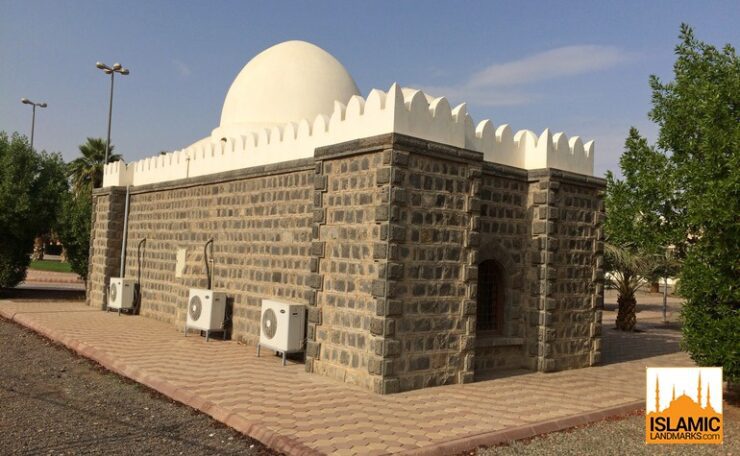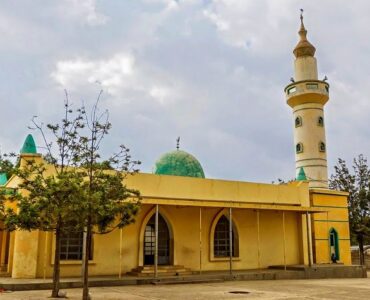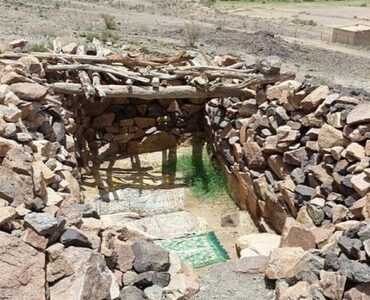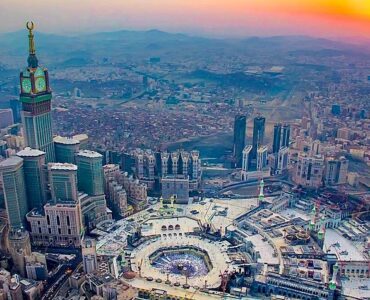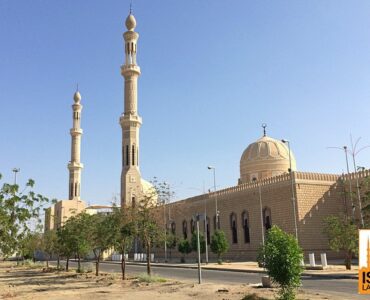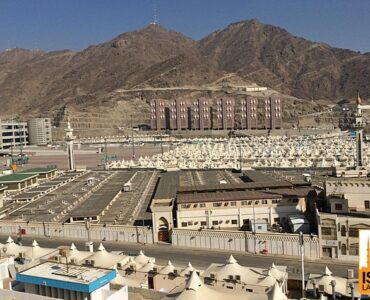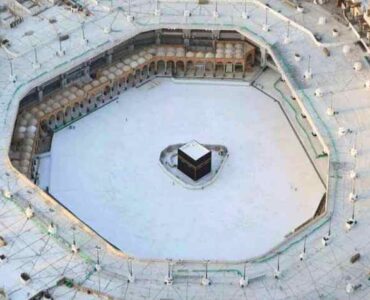Masjid al-Suqya (Arabic: مسجد السقيا) is a mosque located inside the Anbariya train station, 2km from Masjid-e-Nabwi. When the Prophet (ﷺ) departed for the Battle of Badr he stopped here, performed ablution and offered salah. He then supplicated for the well-being of the believers of Madinah and paraded his forces.
- The Prophet (ﷺ) stopped here on Sunday 12th Ramadhan 2 AH, corresponding to March 13 624 CE.
- The Muslims had set out to intercept a trade caravan headed by Abu Sufyan bin Harb (who at the time was not a Muslim). It consisted of 40 men, 1000 camels and goods worth around 50,000 dinars.
- The army of the Muslims was made up of between 310 to 315 men. There were only 2 horses, one was ridden by Musaib bin Umair (رضي الله عنه), who used to alternate with Zubayr bin al-Awam (رضي الله عنه). The other horse was ridden by Miqdad ibn al-Aswad (رضي الله عنه), who would alternated with Sa’ad bin Khaytama (رضي الله عنه). These four Sahaba who shared the two horses were riding in front of the army.
- Some people were walking on foot, but the Prophet (ﷺ) also assigned groups to take turns riding the 70 camels they had between them.. The Prophet (ﷺ) and the two people who were riding on either side of him, Ali and Abu Lubaba (رضي الله عنهم), were taking turns riding one camel.
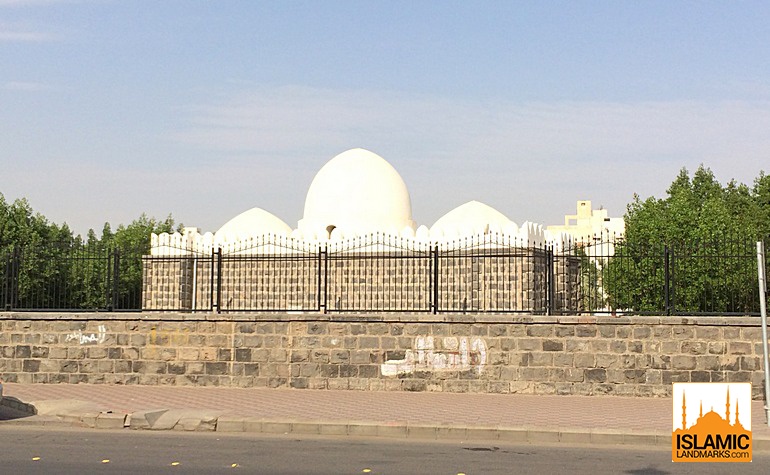

- The weaknesses in the Muslim army greatly concerned the Prophet (ﷺ). When he weighed up the odds, he prayed to Allah (ﷻ) saying, “O Allah! The Muslims are barefooted and only You can provide them with animals to ride on. They are hungry and only You can feed them. They are poor and only You can enrich them.”
- The Prophet (ﷺ) awarded the white standard to Musaib bin Umair (رضي الله عنه). The Muhajireen were given a separate standard which was carried by Ali (رضي الله عنه), while the standard of the Ansar was held by Sa’d bin Mu’adh (رضي الله عنه).
- In the Prophet’s (ﷺ) absence in Madinah, the blind Sahabi Abdullah bin Ummi Maqtum (رضي الله عنه) was assigned to lead the salah.
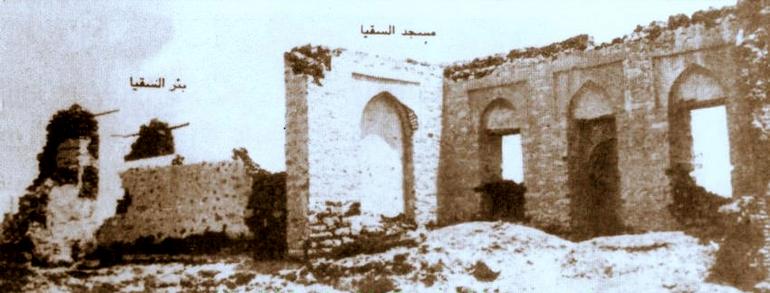

- Towards the south of Masjid al-Suqya, just outside the boundary wall of the railway station, was a well which belonged to Sa’ad bin Abi Waqqas (رضي الله عنه). On his way to the battle of Badr the Prophet (ﷺ) performed ablution with its water. Water was also drawn from here for him to drink.
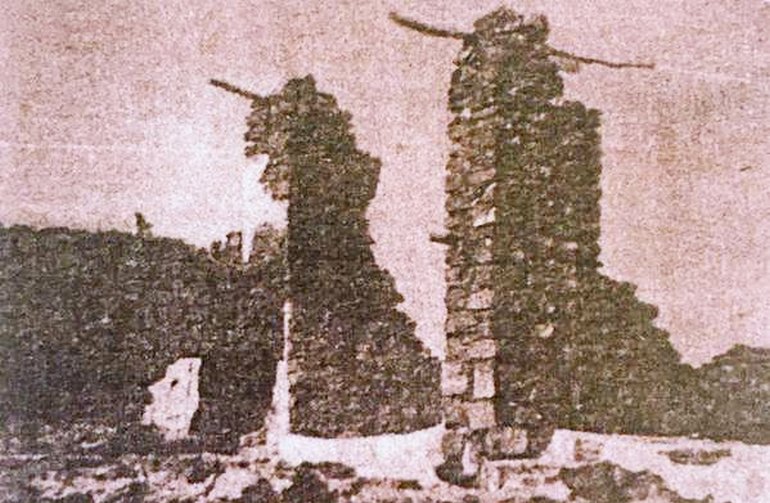

- During the Caliphate of Umar (رضي الله عنه), the uncle of the Prophet (ﷺ), Abbas bin Abdul Muttalib (رضي الله عنه) was asked to lead the Istisqaa prayer (a special prayer for rain) here.
- Masjid al-Suqya was originally built by Umar bin Abdul Aziz (رحمه الله) and restored during the recent rule of King Fahd.
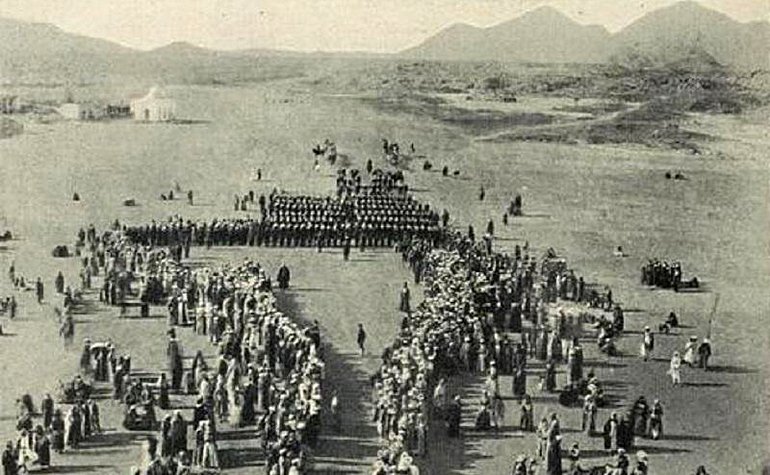

- The Prophet (ﷺ) also made du’a here for barakah (blessings) for Madinah. There are numerous variations of this du’a, possibly the one that was made at the time could have been the following. Narrated ‘Abdullah bin Zaid: The Prophet (ﷺ) said,“The Prophet Ebrahim made Makkah a sanctuary, and asked for Allah’s blessing in it. I made Madinah a sanctuary as Ebrahim made Makkah a sanctuary and I asked for Allah’s Blessing in its measures the mudd’ and the sa’ (units of measurement) as Ebrahim did for Makkah, O Allah! Bless them in their measure, and bless them in their sa’ and mudd’.” He meant the people of Madinah.
References: History of Madinah Munawwarah – Dr. Muhammad Ilyas Abdul Ghani, Al-Miskeenah.com

